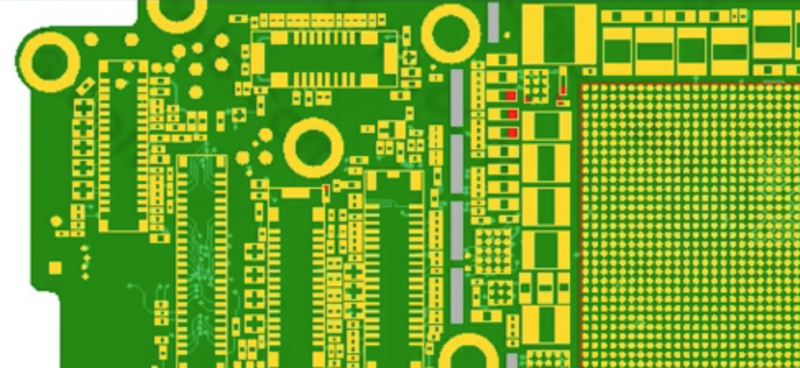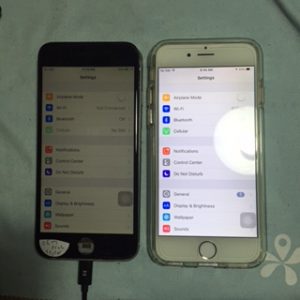So, you repaired the backlight on your iphone 6, but the brightness doesn’t go fully bright anymore? You probably replaced the diode and maybe several of the big capacitors that make up the backlight circuit, right?
Does your iphone 6 look like this?
We finally found a solution to this problem. The backlight coil is the problem. So, here are the steps that I take when diagnosing what’s at fault for an iphone 6 backlight problem:
- Test backlight filters for continuity (FL2024, FL2025, & FL2026)
- Test backlight capacitors for a short to ground or low resistance to ground (C1505, C1530, C1531)
- Test backlight diode (D1501) in diode mode on multimeter (should be ~.2V one way and OL the other way). If it reads 1.8V in one direction, then replace caps above and check again. If it still reads 1.8V, then replace diode.
- Test backlight coil (L1503) by putting multimeter in ohm mode on the anode side of the diode and C1597 or C1552 (first two caps in the row). If it reads ~.6 ohms, then replace it. A good coil should read ~1.0 ohm.
- If voltage and resistance readings are still wrong above, then replace the backlight IC (U1502).
If you take the steps above, then all iphone 6 backlight problems will be resolved. Here’s a video that I made of the repair on Youtube:



